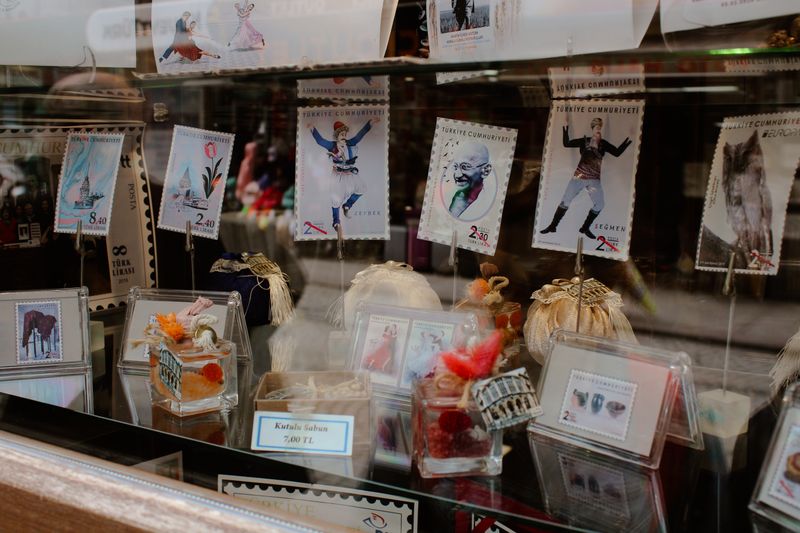Irresponsible Behavior at the Trevi Fountain Raises Questions About Tourism Ethics and Cultural Preservation
The Incident
A recent video that went viral depicted a tourist trespassing and filling up a water bottle in the iconic Trevi Fountain in Rome, Italy. The video, captured by Lex Jones, shows a woman walking on the stones of the fountain and disregarding the signs that clearly prohibit such behavior. This incident has sparked widespread debate about the ethics of tourism and the responsibility of tourists to respect cultural landmarks.
The Consequences
In the video, a security guard approaches the woman blowing a whistle, indicating her wrongdoing. However, the tourist seems confused and does not fully comprehend why she is in trouble. While it is unclear whether she faced any penalties, this incident raises important concerns about the impact of irresponsible tourism on historical and cultural sites.
The Importance of Cultural Preservation
The Trevi Fountain, built by architect Nicola Salvi in 1762, holds immense historical and cultural significance in Rome. It is a symbol of the city’s identity and a testament to the architectural marvels of the time. As one of the most recognizable landmarks in Rome, it attracts millions of visitors each year.
Preserving cultural landmarks like the Trevi Fountain is crucial for maintaining the historical fabric of a city. Such sites offer a glimpse into the past and allow us to appreciate the achievements of previous civilizations. However, their preservation relies on the responsible behavior of both locals and tourists.
Ethics of Tourism
Though tourism can greatly benefit local economies, it also brings challenges in terms of balancing the influx of visitors with the preservation of cultural heritage. Irresponsible behavior, such as the incident at the Trevi Fountain, undermines the efforts made to protect and maintain these sites. It is essential for both tourists and local authorities to work together to ensure the long-term sustainability of these cultural treasures.
Respecting Rules and Local Customs
When visiting a foreign country, it is imperative for tourists to familiarize themselves with local customs and regulations. This includes adhering to signage and guidelines pertaining to historical landmarks. Respect for these rules not only preserves the integrity of these sites but also demonstrates appreciation for the culture and history of the host country.
The Role of Education and Awareness
To prevent incidents like the one at the Trevi Fountain, there should be a greater emphasis on educating tourists and raising awareness about responsible travel. This can be achieved through informative signage, guided tours, and public awareness campaigns. By promoting a sense of responsibility and respect, tourists can actively contribute to the preservation of cultural heritage.
Engaging in Sustainable Tourism
Sustainable tourism practices play a vital role in minimizing the negative impact of tourism on cultural landmarks. This includes promoting responsible travel behaviors, supporting local businesses, and actively participating in conservation efforts. By engaging in sustainable tourism, visitors can ensure that future generations can continue to appreciate and enjoy these cultural treasures.
The Responsibility of Authorities
While tourists hold a significant responsibility for their behavior, local authorities and site managers also play a crucial role in safeguarding cultural landmarks. It is essential for them to enforce regulations effectively, provide adequate security measures, and invest in educational initiatives.
Furthermore, authorities should encourage a balanced approach to tourism that emphasizes quality over quantity. By setting reasonable visitor limits and implementing sustainable tourism strategies, they can ensure that sites like the Trevi Fountain are protected for future generations to enjoy.
Conclusion
The incident at the Trevi Fountain serves as a reminder of the need for responsible tourism and the preservation of cultural landmarks. Both tourists and local authorities must work together to ensure that these historical treasures are appreciated and respected. By adhering to regulations, promoting awareness, and engaging in sustainable tourism practices, we can protect and preserve our shared cultural heritage for years to come.

<< photo by d.n.c films >>
The image is for illustrative purposes only and does not depict the actual situation.




